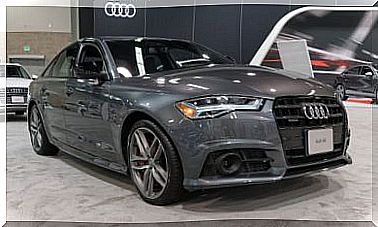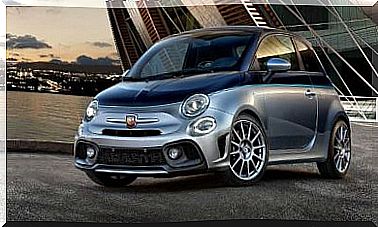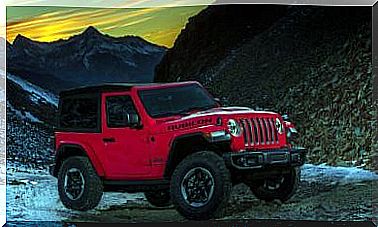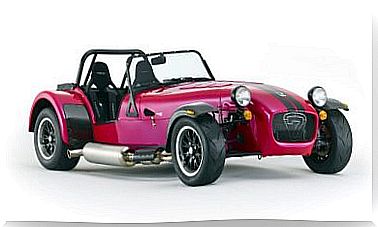Lexus: The Recent History Of The Japanese Brand
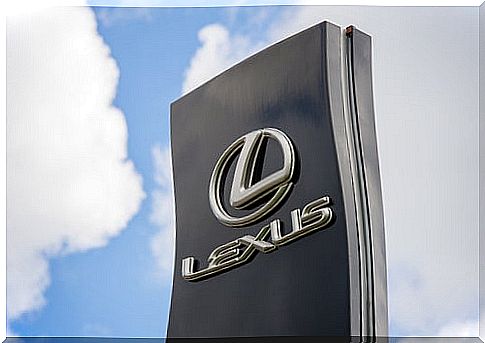
The origin of the Japanese brand Lexus dates back to the beginning of the 80s. Specifically, in 1983 the president of the Toyota company, Eiji Toyoda, partnered with a group of brand executives to begin developing new projects for the future. North American market.
The project with which the Lexus company was born
The first project of Eiji Toyoda’s initiative was called F1, which was short for Flagship No. 1 Vehicle , also called Circle-F . Its development resulted in the LS 400, a completely new development vehicle that did not use Toyota parts or rigs.
With this model they wanted to launch a vehicle with a new design on the market, both in terms of aerodynamics and comfort and technology. Among its novelties, it had a 4.0-liter V8 engine. The gear change was a four-speed automatic, and its steel body incorporated sandwich panels to improve soundproofing.
This material is a structural compound commonly used in building insulation. It is made up of two exterior panels of great hardness and resistance, such as aluminum, titanium or reinforced plastics. These are joined together by another material of lower density and resistance, such as rubber or a polymer, which acts as an insulator.
The first sketches made in 1985 of the LS 400 show a sporty vehicle with large dimensions and a prominent front grille.
Almost 4,000 engineers participated in this first project to manufacture 450 prototypes that traveled 2.7 million kilometers between Europe, the US and Saudi Arabia.
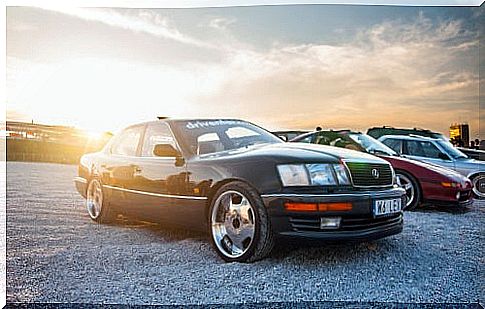
Thus, the definitive version of this first Lexus is completed in 1987 and is presented on the automobile market in the United States two years later. In a short time, it began its diffusion through more than 80 dealerships throughout the country.
The second Lexus launch
To expand its range of cars, the newly born Japanese brand created its ES model in 1989. This Lexus vehicle belongs to the sedan segment, and this time it is designed for the Japanese market, for which it uses the propellant of the Toyota Camry, a 2.5 gasoline with 156 HP of power.
With this launch, Lexus contradicts its initial idea of not using Toyota components in its designs. However, breaking your own rules allows you to develop a new vehicle in no time.
Between the Lexus ES and the LS 400, the brand achieves nearly 64,000 sales in one year. Following its motto “the relentless pursuit of perfection”, Lexus expands into the markets of Europe, Canada and Australia in 1990.
The end of the 20th century for Lexus
In the first year of the new decade, two new models arrive on the American market: the Lexus SC 400 and the Lexus ES 300. The first one has a design similar to the Toyota Soarer and incorporates the same mechanics and engine as the LS.
In 1993 the GS range arrived in the US, with models powered by 3.0 inline six-cylinder engines. Sales of the latter model are relatively low, as they did not reach 20,000 units.
Throughout this year, the brand entered the Spanish market with its LS 400 model. Three years later, the first Lexus off-road vehicle appeared, the LX 450, with a design similar to the Toyota Land Cruiser, and incorporating a power unit 4.5-liter six-cylinder.
In 1997 the second generation of the GS range was launched, with a new design, a larger size, xenon lights and a six-cylinder engine. That same year, the SLV prototype was born, marketed in 1998 and fitted with a 3.0 V6 gasoline engine associated with an automatic transmission.
Just before the end of the decade, the IS model, Lexus’ first midsize saloon, was introduced. This model reaches the Spanish market and strengthens the brand’s sales in a considerable way.
Lexus from 2001 to the present
In 2002 Lexus presents a new generation of the SC, with a convertible body with a hard top and 18-inch wheels. While this model is designed primarily for Europe, the LF-S concept car is launched in Japan, a preview of future sedans with hybrid technology from the Japanese brand.
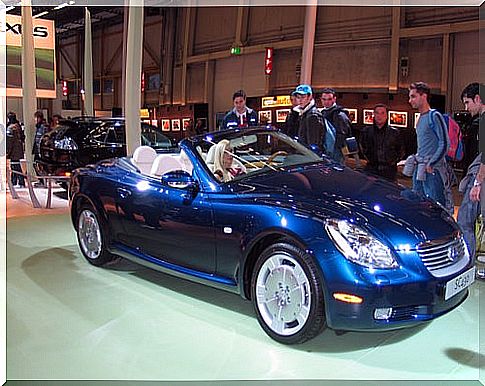
From this project the hybrid Lexus RX 400h was born, which brings with it a 3.3-liter V6 combustion engine along with two other electric ones that achieve high performance.
After the launch of a new generation of the LS in 2006, Toyota took over the sales of Lexus in Spain in 2007. In that year, sales of 500,000 units were achieved and the RX 350 was born.
Finally, among its most current models is the Lexus LFA. This vehicle is a super sports car with a V10 engine that reaches 510 hp and surpasses all the designs developed so far in Japan.
